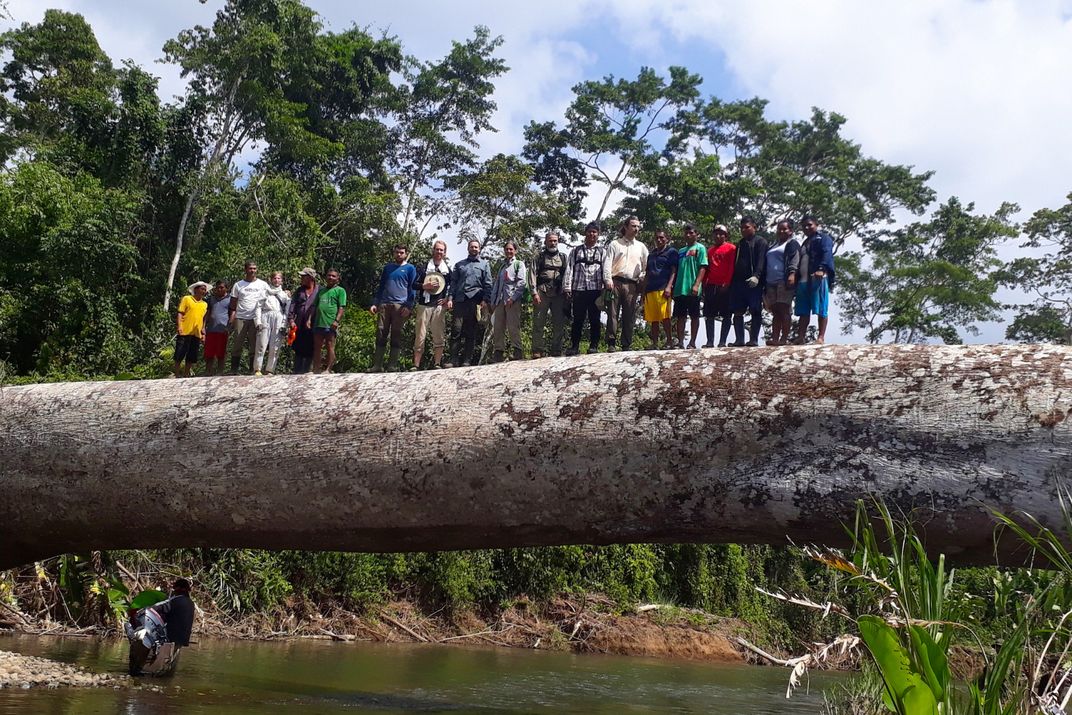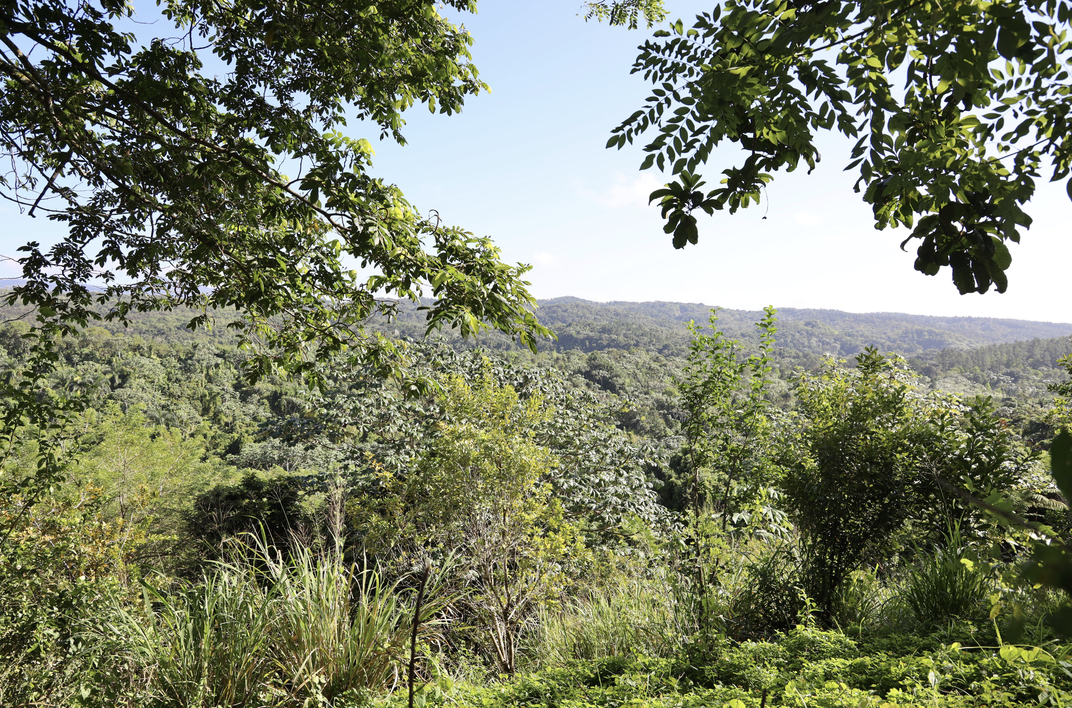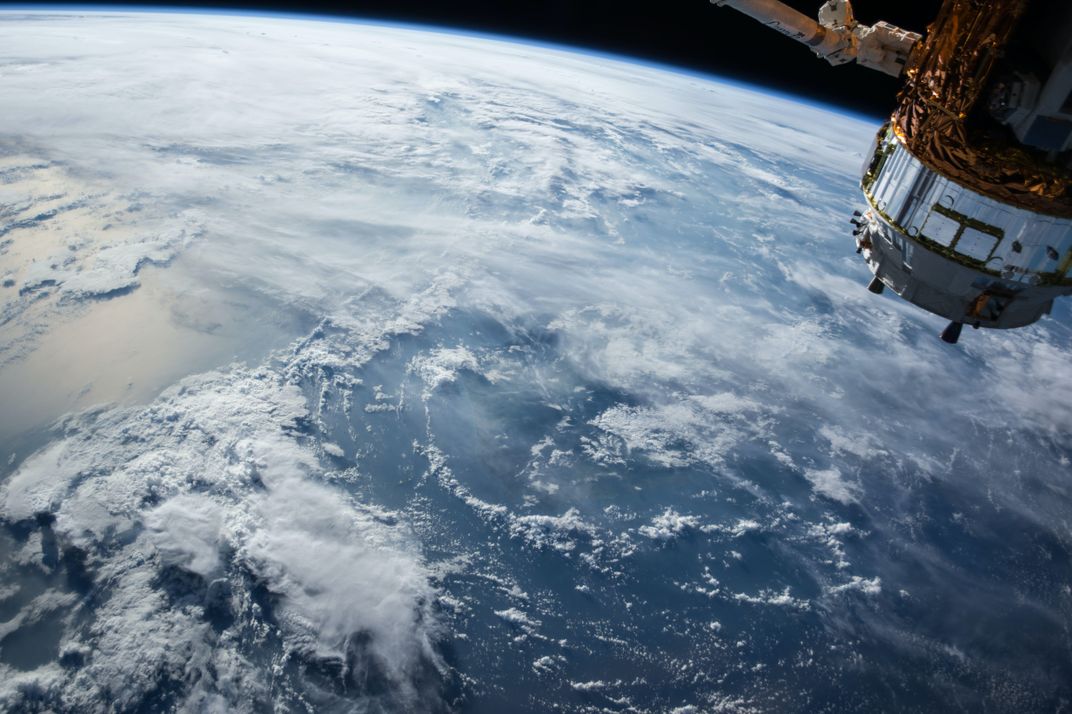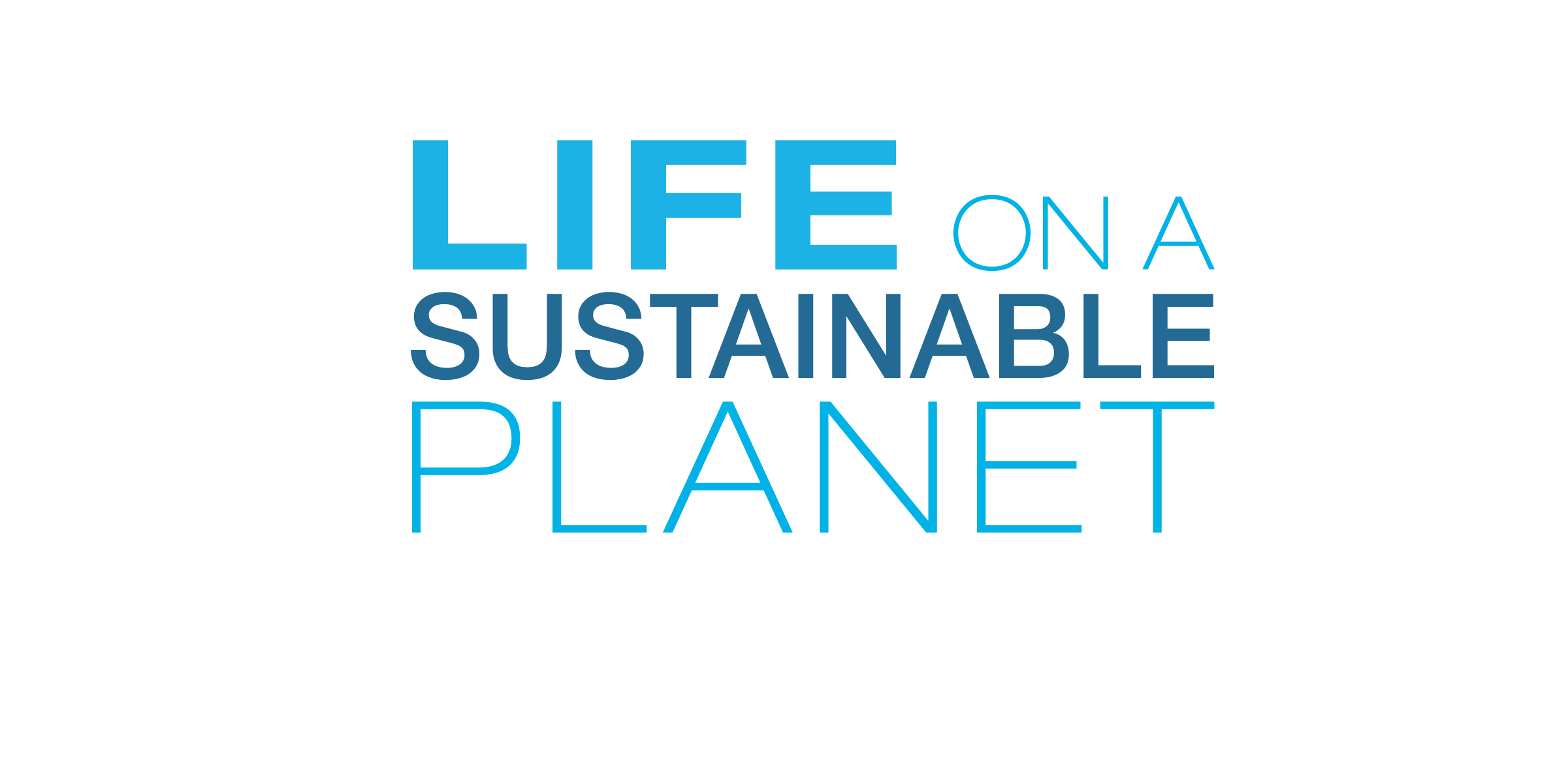Science from Sea to Sky
February was full of stories exploring Smithsonian research from the deepest to highest points on our planet.
Sustainability success stories seem to be coming out of the blue these days. (Not in the unexpected way, of course – scientific innovations and conservation connections take time to build and sustain!)
From the seas to the skies, here’s some highlights from across the Smithsonian that made us feel hopeful for our shared future this past month:
1. Getting to the Root of Blue Carbon Storage in Belize’s Mangroves
Coastal habitats like mangrove forests, seagrass meadows, and marshes are incredibly effective at pulling carbon out of the atmosphere and storing it for centuries. Mangroves alone store over 12 billion metric tons of carbon worldwide. Protecting these “blue carbon” ecosystems is crucial to combatting climate change.
Smithsonian Environmental Research Center scientists joined over 35 partner organizations in the Belize Blue Carbon project to share their data, maps, and fieldwork techniques to help coastal communities study the value of their blue carbon. The team recently published their findings from developing Belize’s first national estimate of mangrove carbon stocks, which will help the country build up their coastal management policy and reach their climate targets.

2. Los Protectores del Bosque (Forest Caretakers)
For hundreds of years, the Indigenous Emberá people have cared for the old-growth forests flourishing on their territory along the Balsas River, which marks the border between Panama and Colombia. Their sustainable efforts have been unrewarded – even wholly disregarded in major regional decisions like the creation of Darién National Park.
Emberá leaders collaborated with Smithsonian Tropical Research Institute scientists to establish the Bacurú Drõa project, which documents how their traditional practices have contributed to the unique biodiversity and unusually tall trees that characterize the region. By engaging the Emberá in scientific research on their homelands, Bacurú Drõa aims to highlight the value of Indigenous lifestyles and protect their land rights.

3. Why Buying ‘Bird Friendly Cocoa’ Is a Sweet Deal
The avian enthusiasts already brewing Bird Friendly Coffee can now enjoy a sweet treat with their drink! The Smithsonian Migratory Bird Center just added cocoa to their certification program, which farmers earn by cultivating organic cacao under a canopy of native shade trees or near a preserved wild forest.
The first organization to receive certification, Zorzal Cacao, brings together a cooperative of 17 organic farms on a reserve where 70% of the forest is designated “forever wild” habitat for birds and other biodiversity. Farmers can sell their product at a premium to bean-to-bar chocolatiers (you can find them here if you’re getting hungry!)

4. This Eye in the Sky Promises Major Insights Into the Air We Breathe
Astronomers tend to spend a lot of time looking up in search of distant worlds, but after a new satellite launches in April, researchers will be turning their gaze back down for a closer look at our own planet’s atmosphere.
The Smithsonian Astrophysical Observatory is teaming up with NASA to monitor air pollution across North America with the Tropospheric Emissions: Monitoring of Pollution (TEMPO) mission. TEMPO will be able to track the rapidly-changing interactions between weather and airborne pollutants, producing forecasts that can help communities prepare for poor air quality days and data that can help them identify the most hazardous sources of contamination.


